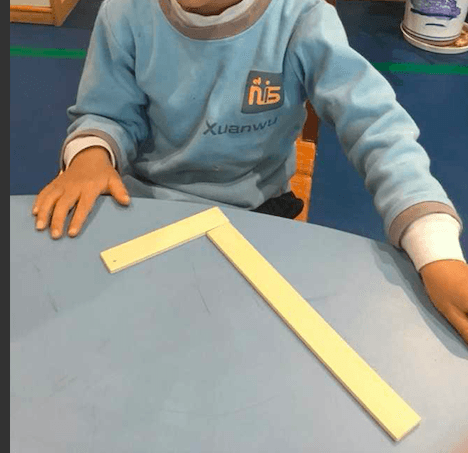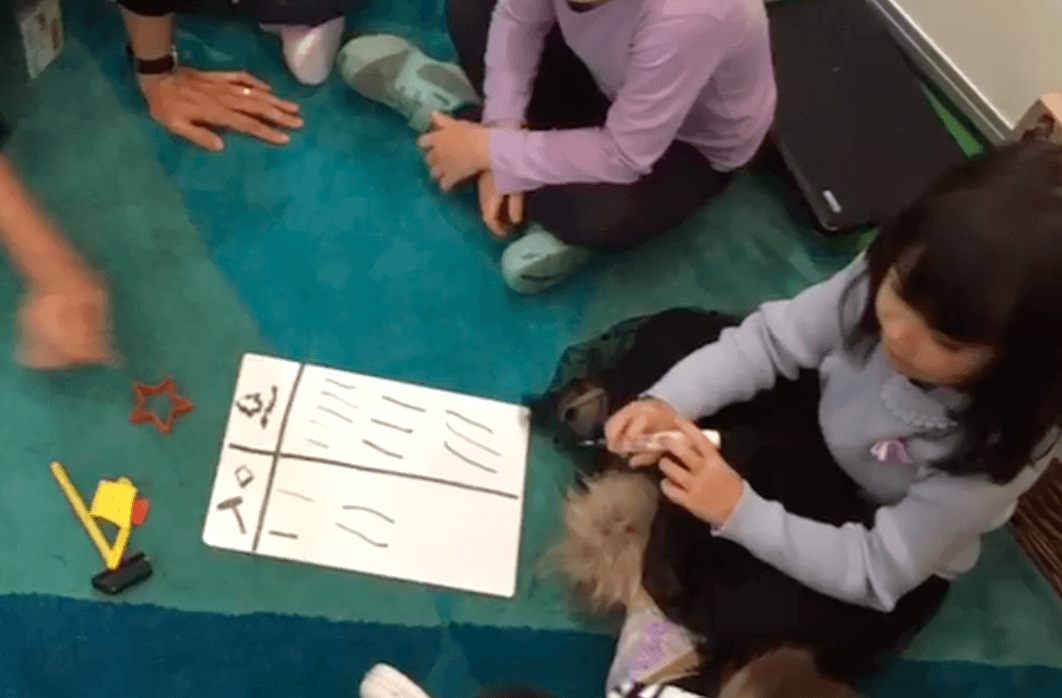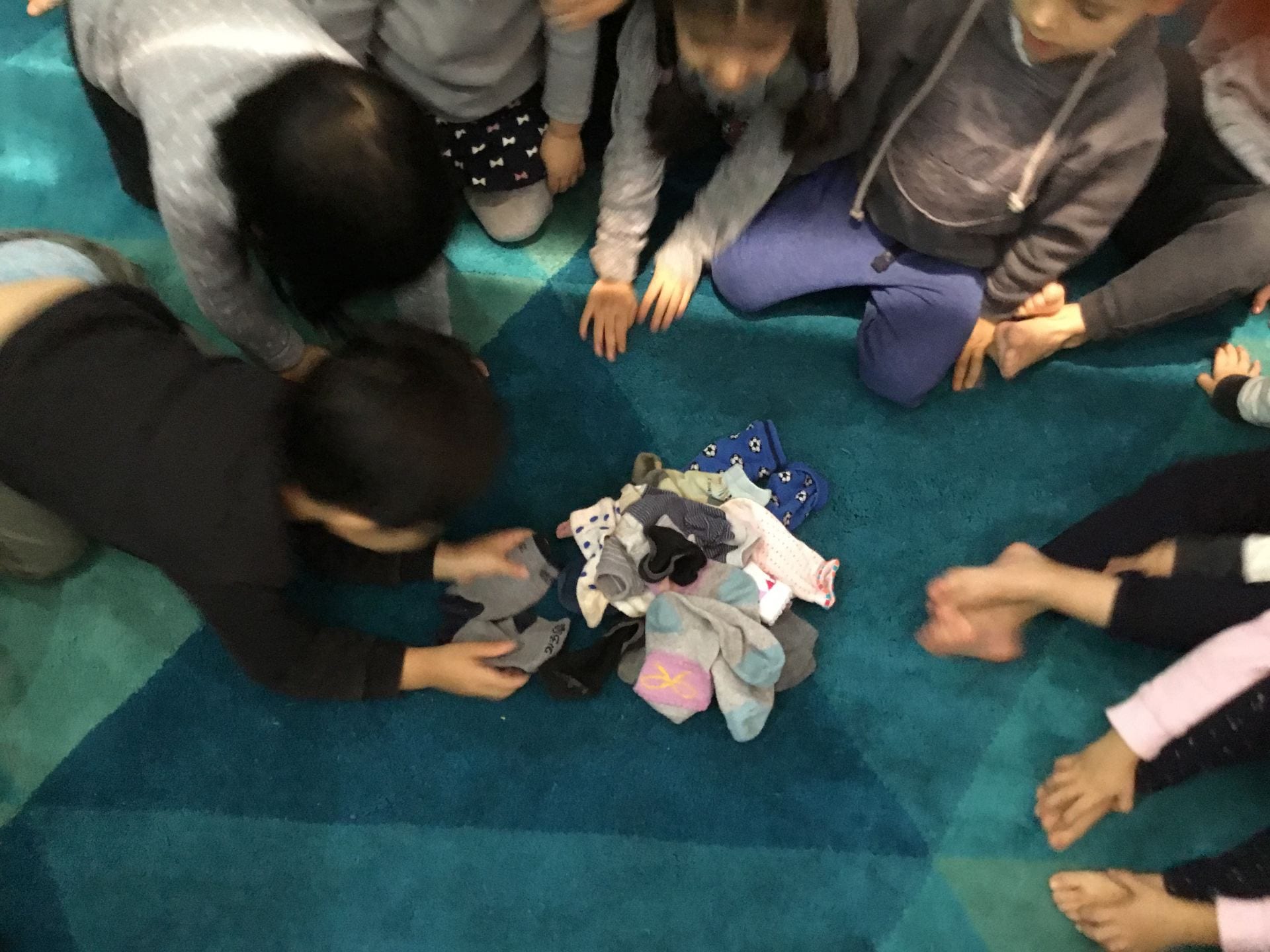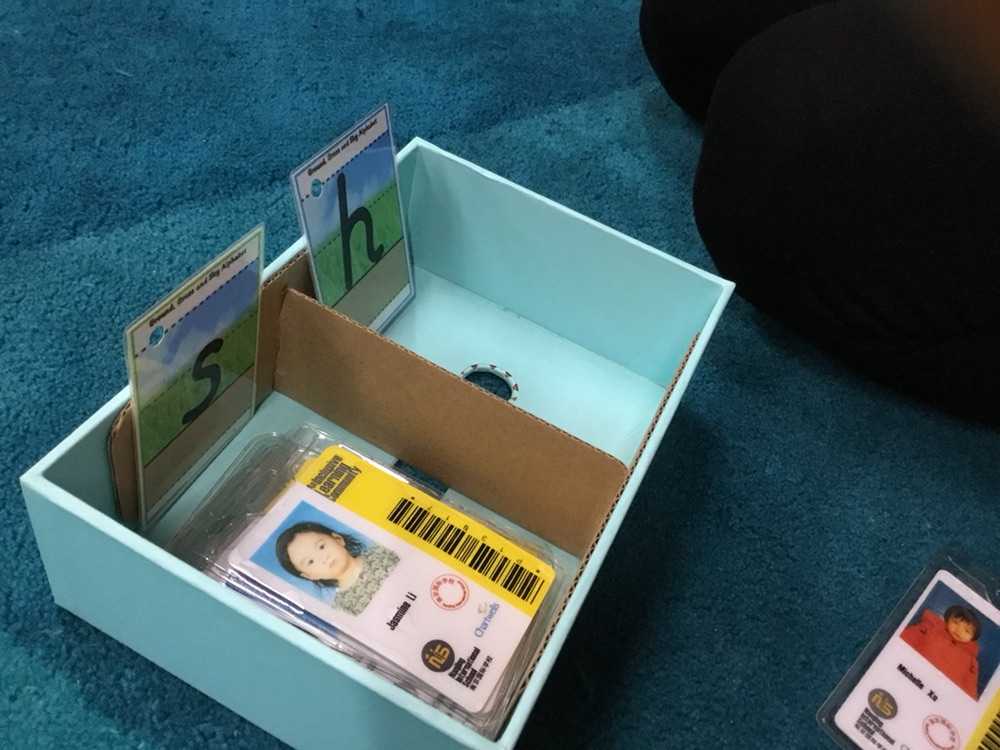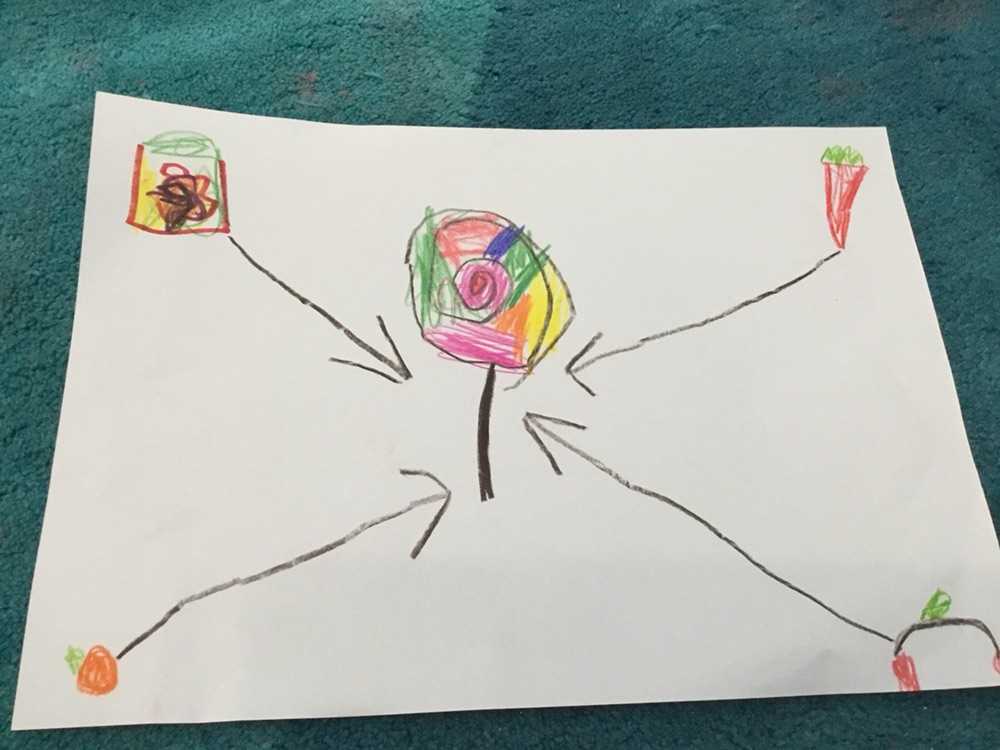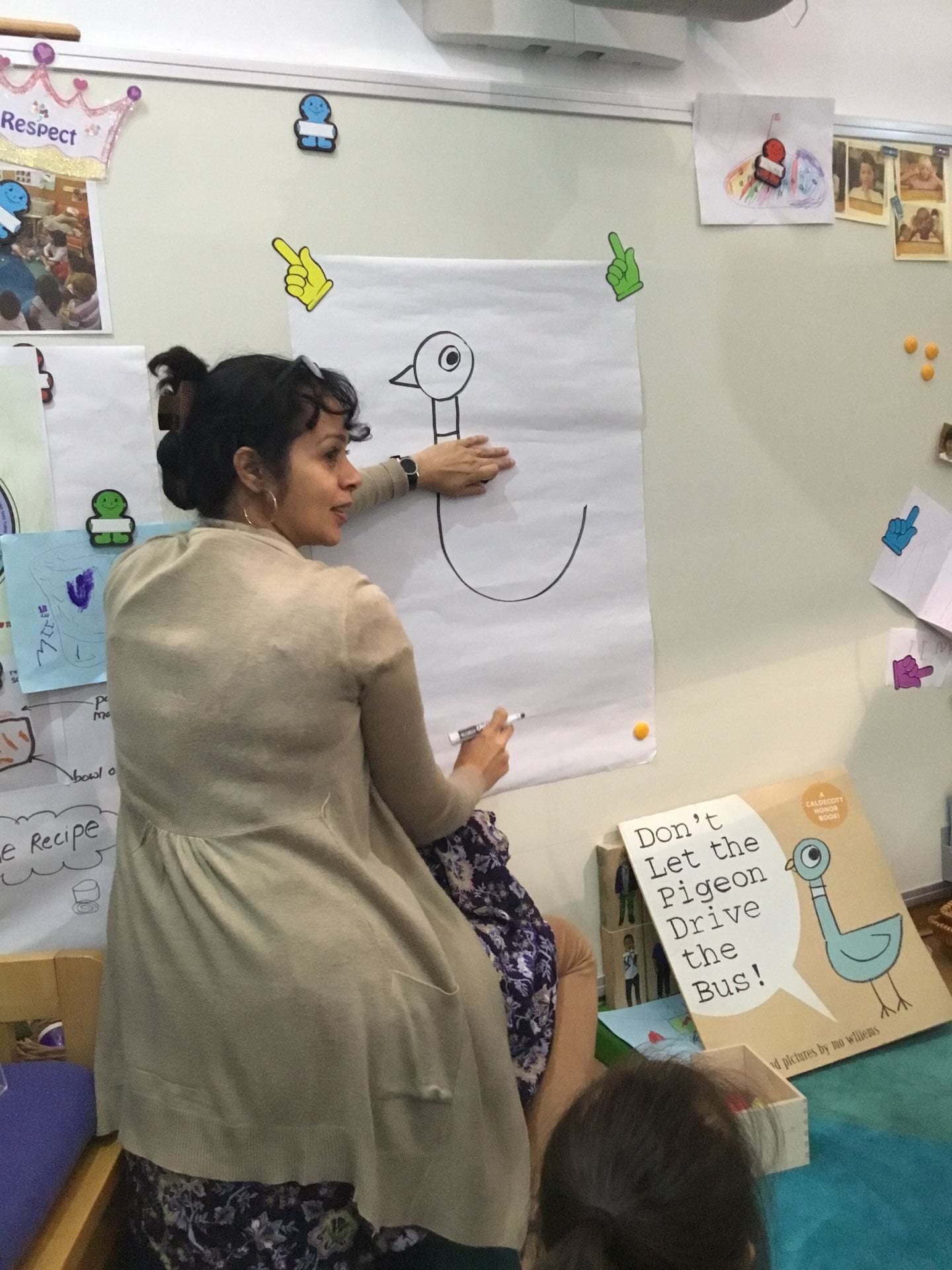A learning story as it unfolds…
November 16
The students in PreK-K1C were excited to see the PE Assembly. They were amazed by the different skills and acts presented.
A group of students asked, “Can we have our own show?”
Teacher “If you can plan your own show, then we can present it.”
The students began to put their thoughts down on paper. They communicated their ideas through detailed pictures and words.
They discussed their initial ideas with each other. They edited their pictures based on the feedback they received from others.

They presented their ideas and initial planning to their teachers.
Next, we brought our ideas together.

Nicolas suggested that we should have the ‘ribbon dance’. He wanted to use face paint and glitter on the ribbons.

“Ribbon Dance.”
Another ideas was to include the ‘hot-wheels’, another name for cartwheels. We wondered, what might we do to ‘be safe’ while presenting these different performances.
Alejandra suggested that we should include ‘the splits’ and ‘the bridge’. She also suggested we add some ‘Ballet’ and ‘Taekwondo’. She explained that we need to have the right costumes for that.
Nicolas suggested that we eat well before the performance. We need to eat plenty of broccoli and drink lots of water.

“The food you need to eat.”

“You are strong.”
Nicolas suggested a piece of music. He hummed the tune. “Do you know that one?” he asked. We decided to share the tune with Ms. Angie and ask her if she knew the song.
Where shall we have this performance? We had two options. The stage in the Early Years or the Green Gym. We needed to check with Ms. Angie and see if the gym was available to us.
Who will be our audience? Who shall we invite?
The students decided that we would invite the parents, siblings, grandparents, Ayi’s K2 and all PreK-K1 classes.
Alejandra explained that she will be happy to create the invitations for the performance.

We gathered to see what resources we already have. We found lots of ribbon!

We wonder where we can find the costumes, the music and other resources we need for our performance…
November 19
We spoke to Ms. Angie about our ideas for the performance.

https://twitter.com/NISPreKK1/status/1064437470245220352
We wondered if all the students wanted to take part in the performance. A few students went over to talk to everyone, to find out if they also wanted to join in. Nicolas asked Ms. Tina to help him translate but Alejandra offered to help with translating. Most of the students decided that they wanted to join.
Three students went over to the costume cupboard with Ms. Angie to see what costumes were available. We needed to ask permission before we took the costumes. What about face paints? We needed some designs!
We also wondered when we can have the performance. We looked at the school calendar to find a suitable date. Ms. Angie helped us look for a ‘special day’.
We decided to have a sign-up sheet to help the students choose what they would like to perform.
November 21
The students voted on their performance choice.

Approaches to Learning (ATL’s)
Thinking Skills
Evaluating
• Organize information.
Considering new perspectives
• Seek information.
• Practise some “visible thinking” routines.
Research Skills
Formulating and planning
• Ask or express through play questions that can be researched.
Data gathering and documenting (audio recording, drawing, photographing)
• Gather information from a variety of sources (people, places, materials, literature).
Communication Skills
Listening
• Listen to information.
• Listen actively and respectfully to others’ ideas.
Speaking
• Participate in conversations.
• Negotiate ideas and knowledge with peers and teachers.
Reading, writing and mathematics
• Use mark-marking to convey meaning.

 The students were invited to use the manipulatives to learn more about numbers. They gathered around the table in groups of 2 and 3, using the spinner to choose the numbers as they tried to fill in their tray. They talked to each other about the numbers they ‘got’ on the spinner, and then quickly looked for the corresponding number shape. They played again and again, and then moved on to explore other spaces in the classroom.
The students were invited to use the manipulatives to learn more about numbers. They gathered around the table in groups of 2 and 3, using the spinner to choose the numbers as they tried to fill in their tray. They talked to each other about the numbers they ‘got’ on the spinner, and then quickly looked for the corresponding number shape. They played again and again, and then moved on to explore other spaces in the classroom. 














